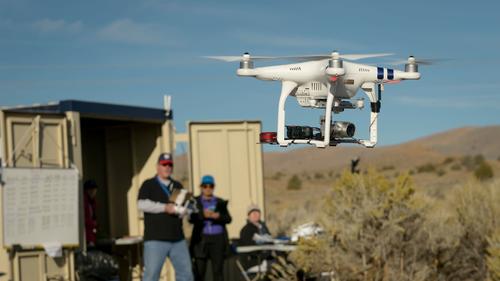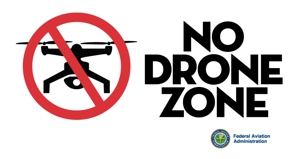You don’t need permission from the FAA to fly your UAS (aka drone) for fun or recreation, but you must always fly safely.
More than ever our AMA club flying fields and where can I fly be key to our sUAS recreational use.
What are the safety guidelines for sUAS recreational users?
- Follow community-based safety guidelines, as developed by organizations such as the Academy of Model Aeronautics (AMA).
- Fly no higher than 400 feet and remain below any surrounding obstacles when possible.
- Keep your sUAS in eyesight at all times, and use an observer to assist if needed.
- Remain well clear of and do not interfere with manned aircraft operations, and you must see and avoid other aircraft and obstacles at all times.
- Do not intentionally fly over unprotected persons or moving vehicles, and remain at least 25 feet away from individuals and vulnerable property.
- Contact the airport and control tower before flying within five miles of an airport or heliport. (Read about best practices here)
- Do not fly in adverse weather conditions such as in high winds or reduced visibility.
- Do not fly under the influence of alcohol or drugs.
- Ensure the operating environment is safe and that the operator is competent and proficient in the operation of the sUAS.
- Do not fly near or over sensitive infrastructure or property such as power stations, water treatment facilities, correctional facilities, heavily traveled roadways, government facilities, etc.
- Check and follow all local laws and ordinances before flying over private property.
- Do not conduct surveillance or photograph persons in areas where there is an expectation of privacy without the individual’s permission (see AMA’s privacy policy).
The following link is a must read because restricted airspace will become the norm and our AMA space will be the safe place to fly.
Air traffic control for drones is coming. Here’s how it could work.
“By 2020, an estimated 7 million drones could be zipping around the country delivering packages, taking photos, inspecting infrastructure or conducting search and rescue missions.” Source: Los Angles Times By Samantha Masunaga, Contact Reporter.

Drone Co-habitation Services operates a Phantom 3 commercial drone, one of 11 vehicles in the NASA field demonstration in Nevada. (Dominic Hart / NASA Ames)
But before that happens, they’ll need a system in place to avoid crashing into each other — or worse, passenger aircraft.
NASA, along with the Federal Aviation Administration and an extensive list of industry partners, has been researching the requirements needed to establish a drone traffic management system. This summer, some of those ideas will be tested in the field.
Unlike the current air traffic management system, this one won’t rely on human controllers in towers who bark instructions to incoming and outgoing aircraft. Instead, drone operators will use an electronic system to get access to constraint notifications and input flight information. And they will be expected to follow the rules.
Eventually, the system will be autonomous… Read More.

